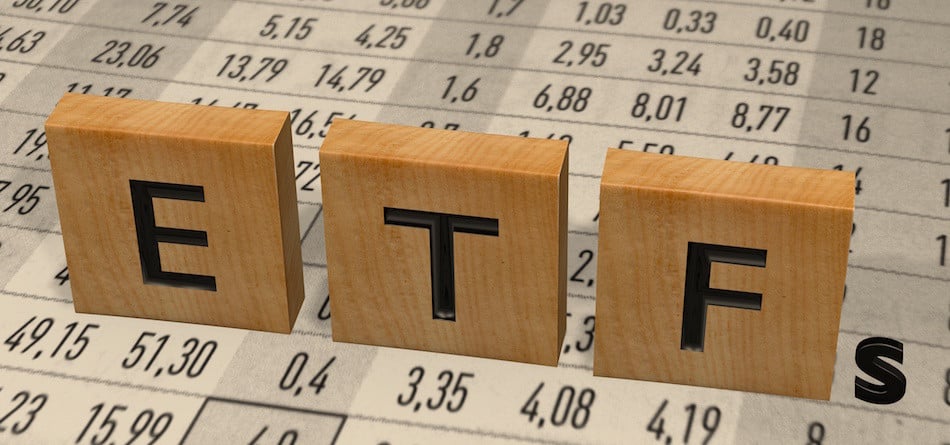It is no secret that the exchange-traded fund market is growing in terms of inflows and new issuance. But what about how the securities are traded? What size and frequency?
In a new survey shared with Traders Magazine, Jane Street reported that the global ETF market is demonstrating some distinct trading trends. The report, titled “Global Trends in Institutional ETF Trading,” incorporates responses from 210 institutional investors; 86 from the US, 79 from Europe and 45 from Asia. Besides raw data, the report includes qualitative information from the respondents.
Of the 210 institutions surveyed, 113 were asset managers and hedge funds, 40 were private wealth funds/family offices/RIAs, 23 insurance companies, 16 pension funds and 8 sovereign wealth funds. Twenty-tow percent managed more than $100 billion in assets while more than half managed more than 10 billion.
Here are some of the key findings:
- Institutions are trading ETFs at a considerable frequency. 30% of global ETF traders execute more than 50 trades per month, with 42% of European institutions trading at this frequency.
- ETF trade sizes vary, but a considerable number of institutions (21%) executed ETF block trades in excess of $100 million in 2016. 32% executed trades between $25 million and $100 million.
- Most institutional respondents (41%) said that they most commonly execute ETF trades with risk pricing. Trading on risk is most popular in among US institutions, particularly for ETFs tracking more illiquid or volatile securities.
- Institutions show strong geographic references in how they use ETFs. European traders use ETFs more tactically versus global peers (32% vs. 26% for tactical reasons). In the US/Americas, there was a comparatively strong percentage using ETFs for liquidity sleeves or transition management for large-scale allocation shifts, while Asian traders were comparatively more likely to use ETFs for risk management and/or hedging.
- Globally, 34% of institutional respondents preferred agency brokers for ETF trades, followed by market makers at 29%. There are strong regional differences in the preferred trading counterparty, with Europe favoring market makers (i.e., 36% of all European respondents), and Asia heavily favoring investment banks (53%).
- Emerging markets and high-yield ETFs are areas where concerns around liquidity are highest. 70% of respondents rate their level of concern as 4 or 5 on a scale of 1 to 5, with 5 being most concerned. Clients surveyed indicated a preference for working with market makers in these asset classes.
“As institutions increase their use of ETFs, it’s important to provide transparency into how their peers are trading, who they’re trading with, and how they look at liquidity," said Dan Macklowitz, ETF Sales and Trading at Jane Street.
Overall, Macklowitz added that as ETF trading continues to evolve, firms will continue to be more discrerning as to who and how they trade the asset class. Firms are sure to focus on trade execution going forward and that will breed more price sensitivity.
Also, in Europe the rise in RFQ platforms plus incoming regulation (such as MiFID II) will prompt many firms to be even more careful when choosing a counterparty and managing the resultant risk.
Relatedly, State Street Global Advisors recently noted that despite heightened geopolitical tensions and growing uncertainty around fiscal policy, the debt ceiling, and the Fed, US-listed ETFs posted inflows of $22 billion in August. This raises 2017’s year-to-date total to $295 billion – topping 2016’s record high of $285 billion of inflows and hitting an all-time high in inflows.
Matthew Bartolini, Head of SPDR Americas Research at SSGA, told Traders Magazine that if the year were to stop here, this would be the highest annual haul ever – besting the record set just last year of $285 billion. The pace of inflows has slowed, however, he cautioned. This month’s total is 20% less than July’s figure of $28 billion, which was 42% less than June’s.














